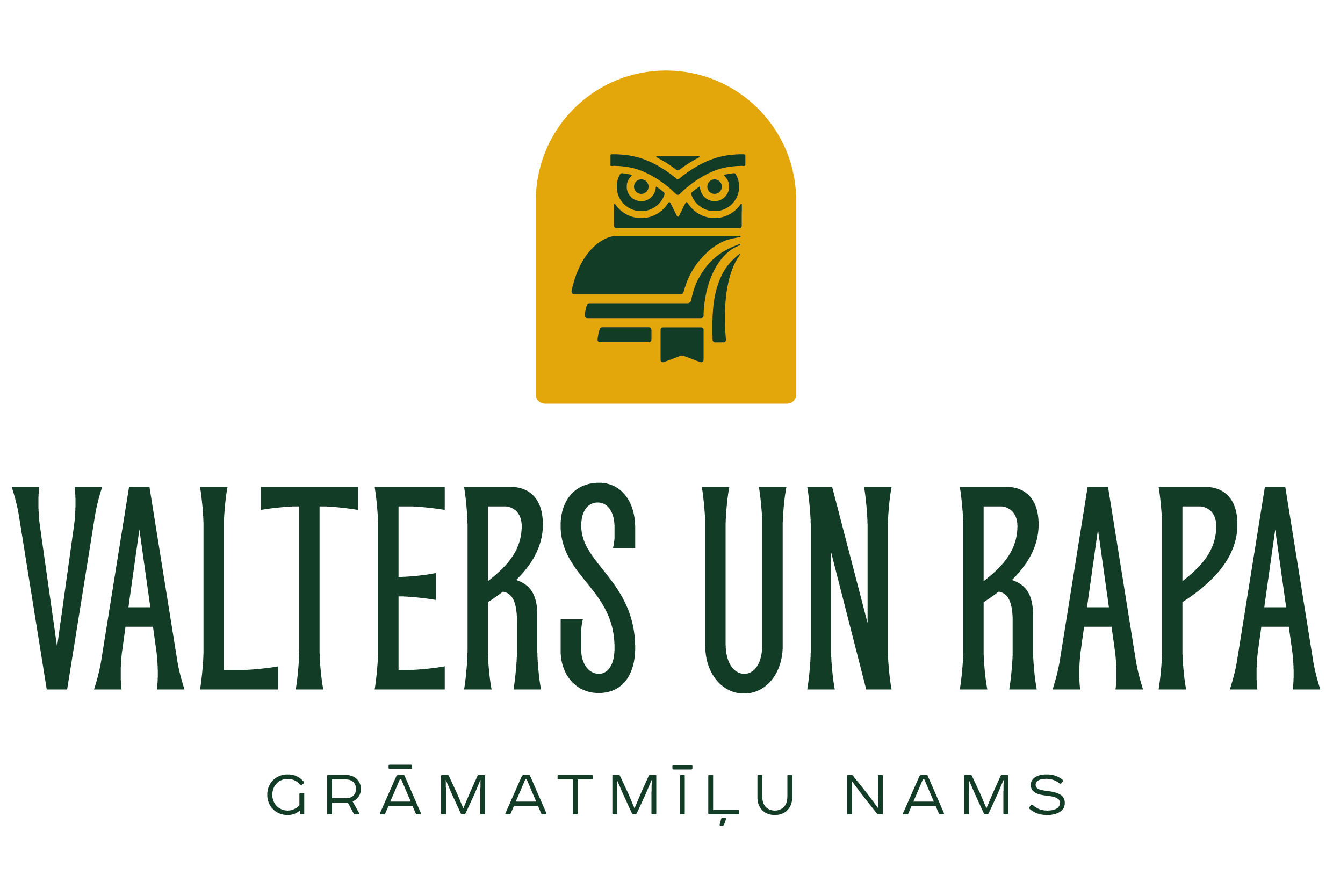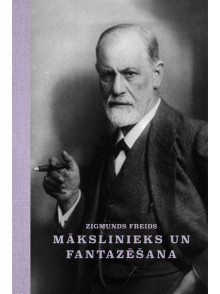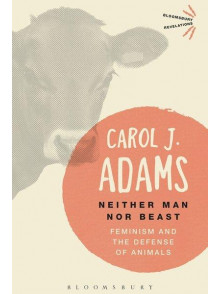Francis Bacon: The Logic Of Sensation
In this landmark text by one of the most influential philosophers of the twentieth century, Gilles Deleuze takes the paintings of Francis Bacon as his object of his study. The book presents a deep engagement with Bacon's work and the nature of art. Deleuze analyzes the distinctive innovations that came to mark Bacon's style: the isolation of the figure, the violation and deformations of the flesh, the complex use of color, the method of chance, and the use of the triptych form. Here Deleuze creates a number of his well-known concepts, such as the 'body without organs' and contrasts his own approach to painting with that of both the phenomenological and the art historical traditions. Deleuze links Bacon's work to Cezanne's notion of a 'logic' of sensation and, investigating this logic, explores Bacon's crucial relation to past painters such as Cezanne, Velasquez, and Soutine.
Table of contents
Translator's Preface, by Daniel W. Smith
Preface to the French Edition, by Alain Badiou and Barbara Cassin
Author's Foreword
Author's Preface to the English Edition
1. The Round Area, the Ring
The round area and its analogues - Distinction between the Figure and the figurative - The fact - The question of "matters of fact" - The three elements of painting: structure, Figure, and contour - Role of the fields
2. Note on Figuration in Past Painting
Painting, religion, and photography - On two misconceptions
3. Athleticism
First movement: from the structure to the Figure - Isolation - Athleticism - Second movement: from the Figure to the structure - The body escapes from itself: abjection - Contraction, dissipation: washbasins, umbrellas, and mirrors
4. Body, Meat, and Spirit, Becoming-Animal
Man and animal - The zone of indiscernibility - Flesh and bone: the meat descends from the bone - Pity - Head, face, and meat
5. Recapitulative Note: Bacon's Periods and Aspects
From the scream to the smile: dissipation - Bacon's three successive periods - The coexistence of all the movements - The functions of the contour
6. Painting and Sensation
Cezanne and sensation - The levels of sensation - Figuration and violence - The movement of translation, the stroll - The phenomenological unity of the senses: sensation and rhythm
7. Hysteria
The body without organs: Artaud - Worringer's Gothic line - What the "difference of level" in sensation means - Vibration - Hysteria and presence - Bacon's doubt - Hysteria, painting, and the eye
8. Painting Forces
Rendering the invisible: the problem of painting - Deformation: neither transformation nor decomposition - The scream - Bacon's love of life - Enumeration of forces
9. Couples and Triptychs
Coupled Figures - The battle and the coupling of sensation - Resonance - Rhythmic Figures - Amplitude and the three rhythms - Two types of "matters of fact"
10. Note: What Is a Triptych?
The attendant - The active and the passive - The fall: the active reality of the difference in level - Light, union and separation
11. The Painting before Painting .. .
Cezanne and the fight against the cliche - Bacon and photographs - Bacon and probabilities - Theory of chance: accidental marks - The visual and the manual - The status of the figurative
12. The Diagram
The diagram in Bacon (traits and color-patches) - Its manual character - Painting and the experience of catastrophe - Abstract painting, code, and optical space - Action Painting, diagram, and manual
space - What Bacon dislikes about both these ways
13. Analogy
Cezanne: the motif as diagram - The analogical and the digital - Painting and analogy - The
paradoxical status of abstract painting - The analogical language of Cezanne and of Bacon: plane, color, and mass - Modulation - Resemblance recovered
14. Every Painter Recapitulates the History of Painting in His or Her Own Way .. .
Egypt and haptic presentation - Essence and accident - Organic representation and the tactileoptical world - Byzantine art: a pure optical world? - Gothic art and the manual - Light and color, the optic and the haptic
15. Bacon's Path
The haptic world and its avatars - Colorism - A new modulation - From Van Gogh and Gauguin to Bacon - The two aspects of color: bright tone and broken tone, field and Figure, shores and flows .. .
16. Note on Color
Color and the three elements of painting - Color-structure: the fields and their divisions - The role of black Color-force: Figures, flows, and broken tones Heads and shadows - Color-contour - Painting and taste: good
and bad taste
17. The Eye and the Hand
Digital, tactile, manual, and haptic - The practice of the diagram - On "completely different" relations - Michelangelo: the pictorial fact
Index of Paintings
Notes
Index























